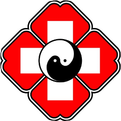This article contains 1782 words and takes about 5 minutes to read.
Author: Sun Qinian
[Editor’s Note] This public account has previously launched a series of articles titled “‘Qi’ Conversations” by Sun Qinian, which popularizes basic knowledge and practices of Qigong, reviews the history of Qigong development, and received positive feedback. Therefore, in the new year, we will continue to publish this series of articles, hoping to assist all practitioners. To fully gather everyone’s opinions on this work, we will open a “comment” channel. Whether it is criticism, suggestions for improvement, or other insights, please send an email to [email protected] for communication between “readers and authors”.
“Qi” Conversations Seventy-Six
Discussing the “Most” in Qigong
Today, let’s take a light-hearted approach and count some interesting “mosts” in the history of Qigong. It should be noted that due to limited materials at hand, the “mosts” mentioned may not be entirely accurate or complete, and I welcome everyone to supplement and correct.
• The earliest Qigong artifact — Dance-patterned pottery basin
This artifact was unearthed in 1957 in Shangsunji Village, Datong County, Qinghai Province. According to research, this basin dates back approximately four to five thousand years to the Neolithic period. The inner wall of the basin features three identical black patterns, reflecting the practice scenes of people at that time. Currently, this artifact is housed in the National Museum of China.
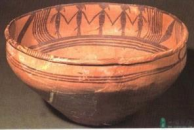
• The earliest mention of “Qigong” — “Records of the Pure Brightness Sect”, also known as “Taoist Breathing Techniques”
In the “Records of the Pure Brightness Sect” by the Jin Dynasty Taoist Xu Xun, it states: “Those who study the Dao should first broadly spread the Yin essence and practice Qigong…” This is the earliest historical mention of “Qigong”. However, some believe that the author of this book is a pseudonym, and the term “Qigong” first appeared in the Sui Dynasty in the “Taoist Breathing Techniques” with the phrase “During the leisure of practicing Qigong, find a quiet room with no one, and relax and undress…”
• The earliest source of “Qigong studies” — Ma Jiren’s “Chinese Qigong Studies”
This book was published in September 1983 by Shaanxi Science and Technology Publishing House.

• The earliest mention of the “Three Adjustments” — Zhi Yi’s “Child’s Stop and Observe”
This book mentions “adjusting the body, adjusting the breath, and adjusting the mind”.
• The earliest record of fasting — Unearthed artifact “Fasting and Breathing Techniques”
The title “Fasting” refers to abstaining from food. In the Three Kingdoms period, Cao Zhi’s “Discourse on Doubts” states: “After fasting for nearly a month, my complexion remains unchanged, and my strength is still as before,” which may be the earliest record of fasting in Qigong history.
• The earliest mention of Qigong deviations — Cao Pi’s “Discourse on Rhetoric”
It states: “The military sacrificial wine, Dong Fen from Hongnong, learned to gaze like a hawk and look back like a wolf, breathing and exhaling, resulting in deviations, causing Qi to be blocked and not flowing, and after a long time, he revived,” which may be the earliest record of deviations.
• The earliest medical monograph on Qigong — “Treatise on the Origins of Various Diseases” by Sui Dynasty’s Chao Yuanfang and others
This book emphasizes, “There are specific methods for moxibustion and acupuncture, and nourishing and guiding, which are attached at the end.” The book contains over 200 methods of guiding, used to treat more than 100 types of conditions, making it the earliest medical monograph on Qigong.
• The earliest mention of “Neidan” — “Records of the Pure Brightness Sect”, also known as “Vow Document”
“Records of the Pure Brightness Sect” mentions “…holding the method of Neidan for longevity and long vision,” which may be the earliest mention of “Neidan”. Considering that “Records of the Pure Brightness Sect” may be pseudonymous to Xu Xun, some believe that the term “Neidan” first appeared in Hui Si’s “Vow Document” with the phrase “…using the power of external elixirs to cultivate Neidan”.
• The earliest Qigong institution — Tangshan Qigong Sanatorium
Established in 1954, the Tangshan Qigong Sanatorium.
• The earliest international conference — Sino-Foreign Qigong Symposium
The first Sino-Foreign Qigong Symposium was held in September 1986 by the Shanghai Qigong Research Institute.
• The earliest master’s degree supervisor — Lin Yagu and Jiao Guorui
In 1985, the Shanghai University of Traditional Chinese Medicine and the China Academy of Chinese Medical Sciences were approved by the State Council Degree Committee to grant master’s degrees in TCM Qigong, with Lin Yagu and Jiao Guorui being the earliest supervisors for Qigong master’s students.
• The earliest mention of “Health Qigong” — “Notice on Strengthening the Management of Social Qigong”
This “Notice” was issued on August 5, 1996, by the Central Propaganda Department and six other ministries, stating in the first article that “people strengthen their bodies and promote health through participation in exercises, which belongs to Health Qigong,” marking the earliest mention of “Health Qigong”.
• The first university to offer Qigong courses — Beijing University of Traditional Chinese Medicine
Beijing University of Traditional Chinese Medicine was the first to offer Qigong courses to undergraduates in 1958, with Liu Guizhen from Beidaihe and Jiao Guorui from Beijing as the main lecturers.
• The earliest paper titled “Qi” — Liu Guizhen’s “Traditional Chinese Medicine Qigong Therapy in Experimental Research”
This paper was published in the 10th issue of “Chinese Medicine Journal” in 1955.
• The earliest Qigong article published in a party newspaper — “Qigong Therapy — A Precious Heritage of National Medicine”
This article was published in the December 21, 1955, issue of “Guangming Daily”, page 2.
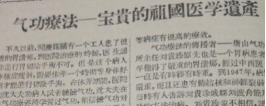
• The earliest clinical research paper on Qigong — “Report on the Efficacy of Qigong Treatment in 40 Cases”
This paper was published in the 9th issue of “Zhejiang Traditional Chinese Medicine Journal” in 1957.
• The earliest theoretical research paper on Qigong — Zhang Jingru et al.’s “Relationship Between Respiratory Function and Autonomic Nervous Function”
This paper was published in the 4th issue of “Shanghai Medical Journal” in 1958.
• The earliest foreign research paper on Qigong — Zhu Shugen’s translation of “Soviet Treatment of Tuberculosis Using Chinese Qigong Therapy”
This paper was published in the 3rd issue of “Chinese Medicine Journal” in 1959.
• The earliest Qigong method for children — “Health Exercises for Young Children”
This article was published in the March 8, 1961, issue of “Health Report”.
• The earliest clinical follow-up paper on Qigong therapy — Kuang Ankun et al.’s “Long-term Efficacy of Qigong Treatment for Hypertension and Research on Qigong’s Adjustment of Abnormal Body Responses”
This paper was published in the 5th issue of “Shanghai Journal of Traditional Chinese Medicine” in 1962.
• The earliest experimental research paper on Qigong — Qin Zhen et al.’s “Changes in EEG During Qigong Practice”
This paper was published in the 5th issue of “Shanghai Journal of Traditional Chinese Medicine” in 1962.
• The earliest paper on Qigong treatment of acute infectious diseases — Xia Qichang et al.’s “Clinical Efficacy and Mechanism Discussion of Qigong Treatment for 190 Cases of Acute Appendicitis”
This paper was published in the 5th issue of “Shanghai Journal of Traditional Chinese Medicine” in 1962.
• The earliest series of research papers on Qigong principles — The Physiology Teaching and Research Office of Chongqing Medical College wrote “Research on the Physiological Mechanisms of Qigong Therapy”
This series of papers consists of 8 articles, published in the 5th and 6th issues of “Chinese Medicine Journal” in 1963.
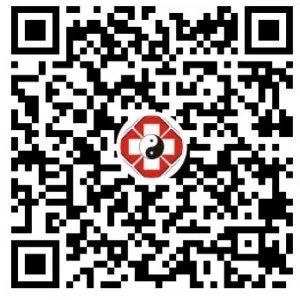
Quick Hand Account
1484394819
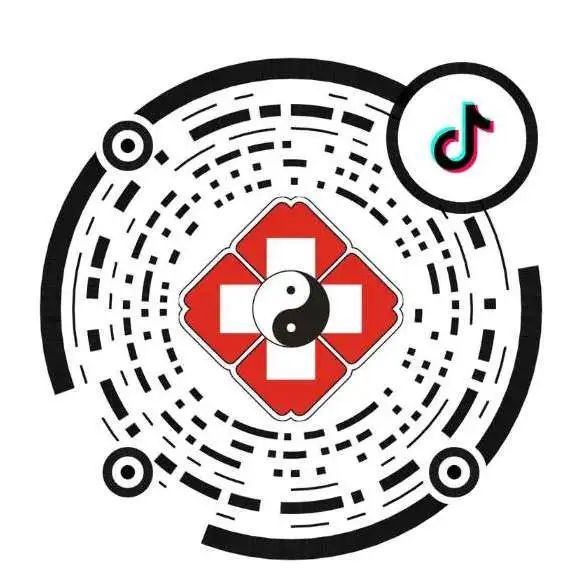
Douyin Account
CAMQigong
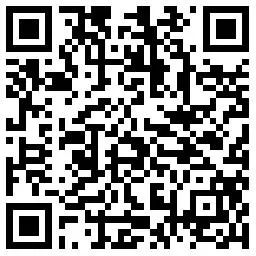
Bilibili Account
516340612
Chinese Medicine Qigong Society
Long press the QR code to follow us
Editor | Tang Ruoshui
Proofreader | Cui Guopeng
Reviewer | Yang Ling

